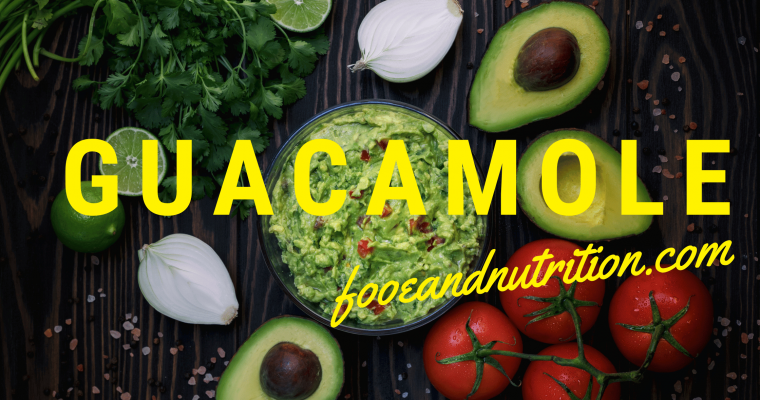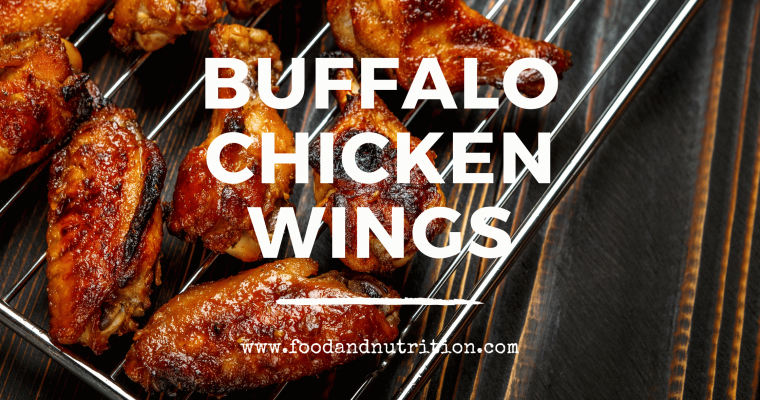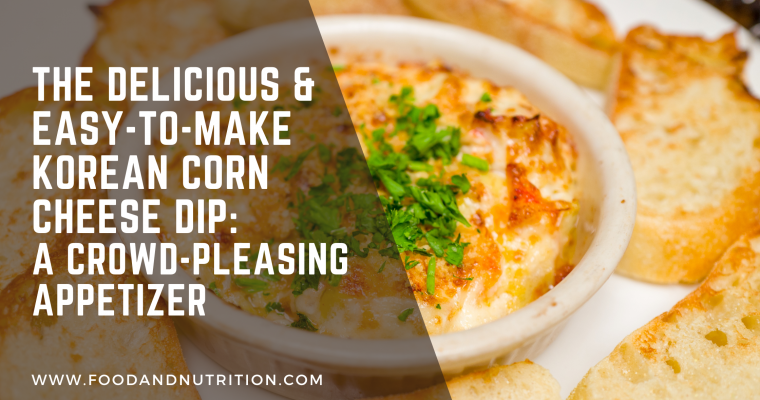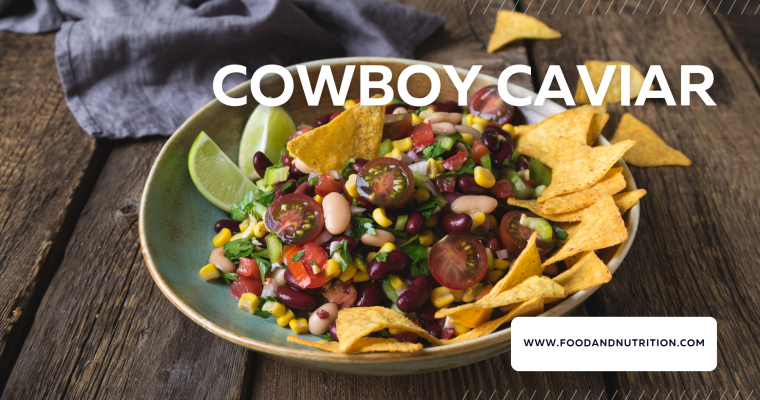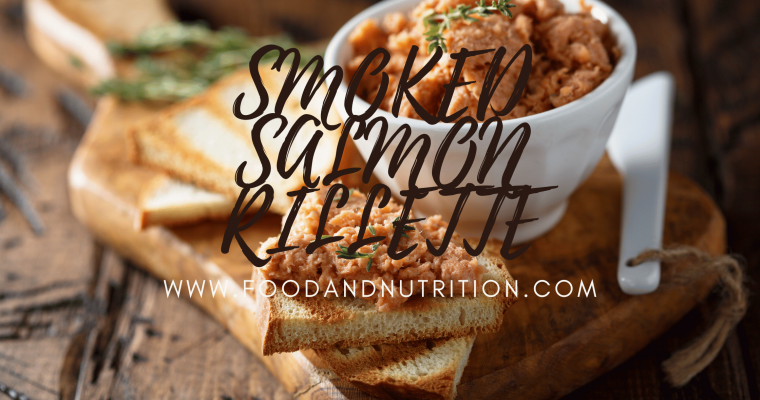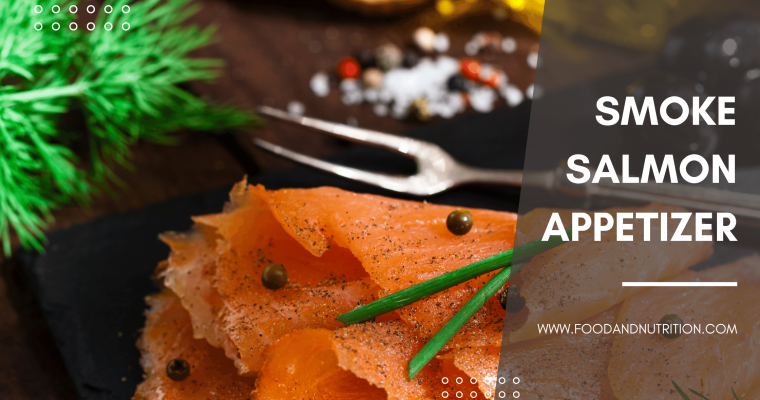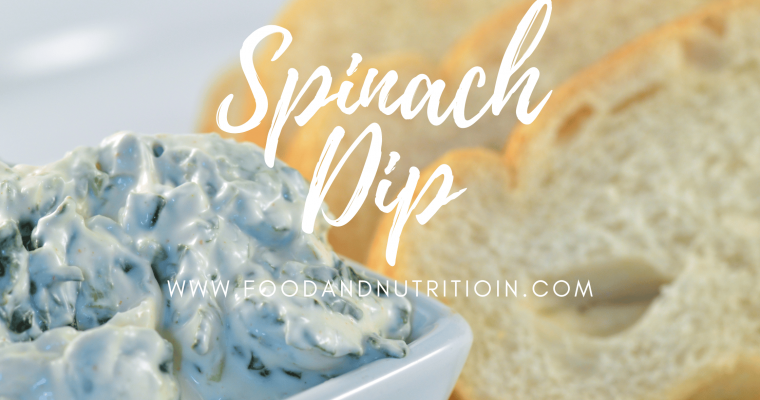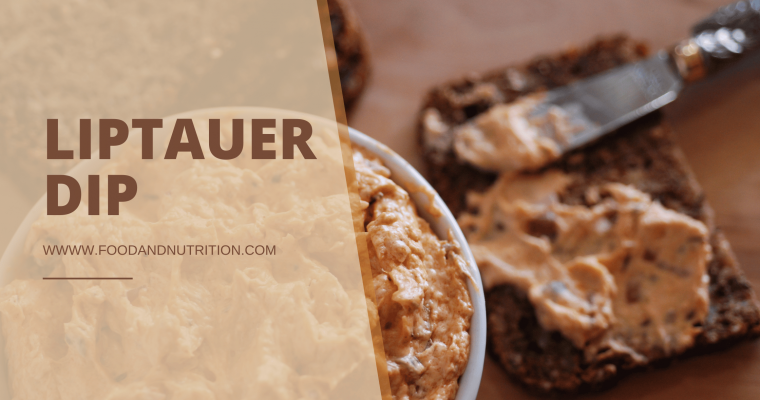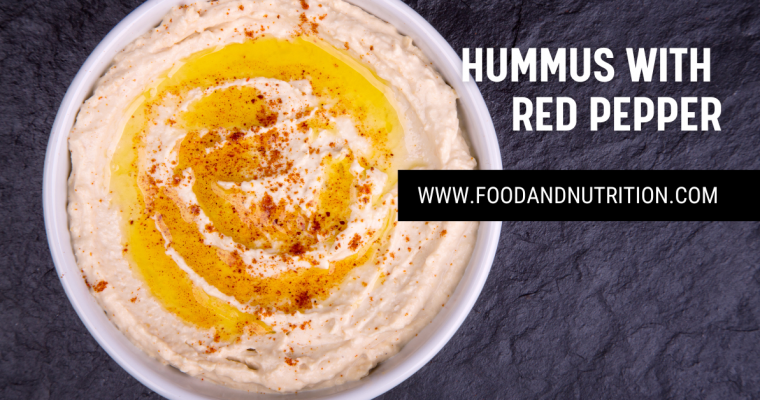Appetizers are the curtain-raiser to your culinary performance, setting the stage for a memorable meal and a tantalizing journey of flavors. They’re a canvas for showcasing culinary prowess and igniting anticipation for the main course.
From hot to cold, raw to cooked, appetizers offer a world of diversity in taste and texture. Explore a range of appetizers, including:
- Hors d’oeuvres: Elevate your dining experience with bite-sized delights like canapés, crostini, and bruschetta, served before the main act.
- Soups and salads: Refresh your palate and awaken your taste buds with appetizer soups and salads.
- Dips and spreads: Dive into the world of delectable spreads, perfect companions for crackers, bread, or crisp vegetables.
- Skewers and kabobs: Infuse excitement into your meal with interactive skewers featuring a medley of vegetables, fruits, or meats.
To craft healthy and nourishing appetizers, opt for fresh, whole ingredients that span the spectrum of fruits, vegetables, and lean proteins. Consider yogurt, avocado, or hummus-based dips paired with raw veggies or explore grilling and baking as alternatives to deep-frying.
Appetizers aren’t just about tantalizing taste buds; they’re conversation starters and a communal way to enjoy food with loved ones. Cater to diverse tastes and dietary preferences by offering an array of appetizers that make everyone feel right at home.
Remember, the secret to a successful appetizer is restraint – they’re designed to whet the appetite, not to steal the show. So, keep them small and bite-sized, ensuring your guests relish the main course with a hearty appetite.
